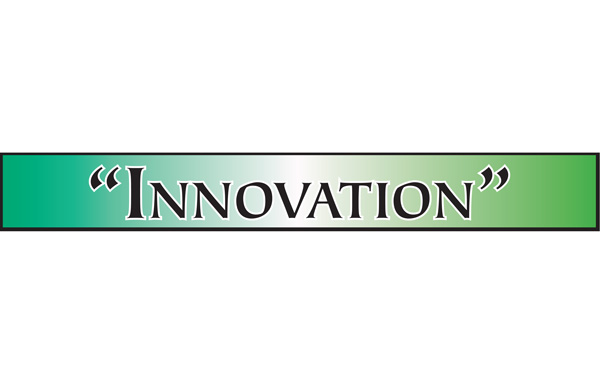
Innovation around Customer Experience

In this series, I am addressing the different types of innovation which organisations can generate. I kicked off with an overview of the 12 types of innovation (dimensions) and in the previous delivery I touched on the organisation’s offerings, i.e. its products and services and how to innovate in this dimension. In this delivery I want to look at innovation around the dimension of Customer Experience. This dimension considers everything a customer sees, hears, feels and otherwise experiences while interacting with a business at all moments. To innovate here, the company needs to rethink the interface between the organisation and its customers.
Customer Experience
As usual, let me start with a definition. Gartner defines customer experience as the customer’s perceptions and related feelings caused by the one-off and cumulative effect of interactions with a organisation’s employees, systems, channels or products. As expected, your first question will be: “But what is the difference between customer service and customer experience”? The short answer is that customer service is one of the many elements that make up customer experience. To give a simple example using an experience most of us have probably gone through, eating at a restaurant: Customer service is how friendly the waiting staff is, and how quickly they bring the food; Customer experience includes everything from restaurant cleanliness, the taste/quality of the food, the variety of menu options, the atmosphere, the prices, and how the customers feel while they are eating there. To make it more graphic, a restaurant can have the most efficient and friendly waiting staff in the world, which makes for great customer service, but if you find a cockroach in your salad, your customer experience will be ruined.
How do you innovate this dimension and what difference does it make? The challenge for customer experience innovation is why do customers choose your experience rather than other options available in the market? The reason you have to provide through your innovation efforts is that customers choose your experience because it is different and better than what they would find elsewhere. Consequently the question for you innovation efforts in this dimension becomes: What can we do to build experiences that are different, superior and relevant to our customers?
I conclude with a few tips on how to innovate in this dimension. Every person in an organisation is needed for customer experience innovation. That’s because customer expectations and competitive offerings are always on the rise. Your processes, policies, skills, and motivations have a lot to do with keeping customers coming back — and even more to do with customers deciding not to come back – as the restaurant example above have pointed out so blatantly.
Think of your own situation as a customer — whenever you’ve decided not to go back to a certain product or service or place, it was usually because you were turned off by a process, policy, skill, or motivation, right? Find out what outcomes customers expect. This is different from product or service features. Those are just means-to-an-end. The outcome is what the customer really buys. Love complaints. When a customer take the time to share suggestions or vent frustrations, you can bet they’re representative of a larger number of customers that share that sentiment — or soon will, unless an improvement occurs.
Better for you to hear it and make the change before your competitors take that revenue stream. Make assessments of your policies, processes, skills, motivations, products and services — quarterly, at least. Assess them from the customer’s viewpoint. Always keep on the lookout for ways to invent great customer experiences.
Next Time
I will unpack innovation among the dimension of business processes, the way to improve efficiency and effectiveness. I conclude with a quote from Mark Cuban: “It is so much easier to be nice, to be respectful, to put yourself in your customers’ shoes and try to understand how you might help them before they ask for help, than it is to try to mend a broken customer relationship.”
Sources
Hunsaker, L. 2009. Innovating Superior Customer Experience. ClearAction LLC.













































